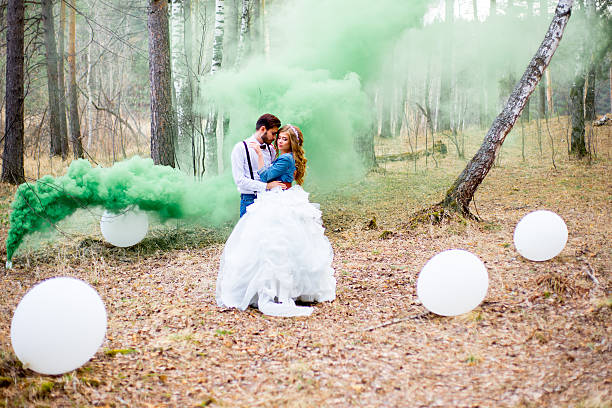The Big Fat Indian Wedding – a phrase that conjures images of luxury, grandeur, and extravagance. It’s a cultural institution deeply ingrained in the Indian ethos, representing much more than just the union of two individuals. Behind the glitz and glamour, however, lie layers of tradition, conservatism, intense competition, and intricate networks that shape every aspect of these celebrations.
At its core, the Indian wedding is a reflection of the country’s rich cultural heritage and deep-rooted traditions. From the colorful rituals to the elaborate ceremonies, every detail is meticulously planned to honor age-old customs and beliefs. This conservatism is evident in various aspects of the wedding, from the choice of attire to the selection of auspicious dates and times for the ceremonies.
One of the defining features of Indian weddings is the emphasis on family and community. Unlike Western weddings, which are often more focused on the couple, Indian weddings are a communal affair involving not just the immediate families but also distant relatives, friends, and acquaintances. This emphasis on community creates a sense of belonging. It reinforces social bonds, making the wedding more than just a union of two individuals but a coming together of two families and their extended networks.
However, alongside tradition and community, Indian weddings are also characterized by intense competition and one-upmanship. In a society where status and social standing hold significant value, weddings become a battleground for displaying wealth, power, and social prestige. Families often go to great lengths to outdo each other, from booking lavish venues to organizing extravagant entertainment and feasts. The pressure to host a bigger and better wedding than one’s peers can lead to excessive spending and financial strain, but for many, it’s a price worth paying to maintain social status and reputation.
Moreover, Indian weddings are not just about the ceremony itself but also about the networks and connections forged during the festivities. Weddings provide an opportunity for people to expand their social circles, strengthen existing relationships, and create new alliances. It’s not uncommon for business deals to be struck, alliances to be formed, and career opportunities to be explored during these gatherings. In a country where personal relationships often play a crucial role in professional success, weddings serve as a fertile ground for networking and socializing.
The role of technology in Indian weddings cannot be overlooked either. In an increasingly digitized world, technology has permeated every aspect of wedding planning and execution. From online invitations to live streaming of ceremonies for distant relatives, technology has made weddings more accessible and inclusive. Social media platforms like Instagram and Facebook have also transformed weddings into highly curated events, with couples and their families eager to showcase every detail to their online audience. The pressure to create picture-perfect moments for social media feeds adds another layer of complexity to wedding planning as couples strive to strike the right balance between tradition and modernity.
Despite the changing dynamics, certain aspects of Indian weddings remain unchanged. The importance of rituals and traditions continues to be paramount, serving as a link to the past and a bridge to the future. Whether it’s the sacred vows exchanged during the marriage ceremony or the symbolic rituals performed to bless the couple, these traditions are a testament to the enduring strength of Indian culture.
The Big Fat Indian Wedding is a complex tapestry woven from threads of tradition, conservatism, competition, and networks. It’s a celebration of love and unity but also a reflection of the social, cultural, and economic dynamics that shape Indian society. While the pomp and grandeur may dazzle outsiders, those within understand that behind every lavish ceremony lies a story of family ties, social aspirations, and the timeless rituals that bind generations together.
